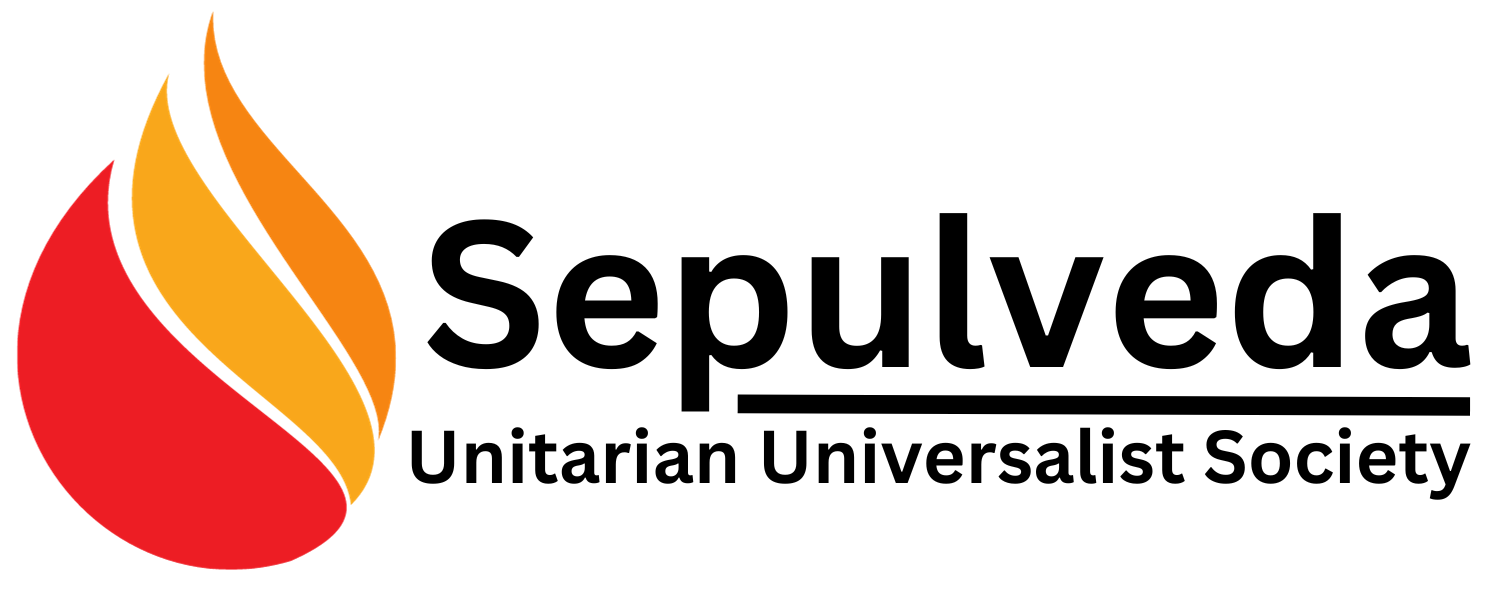Day 17: The Role of Community in Suicide Prevention
Today, let’s focus on the important role that community can play in suicide prevention. While individual support and professional care are critical, the power of a connected, compassionate community cannot be underestimated in the fight against suicide. Communities that foster connection, understanding, and proactive care create a safety net that can save lives.
The Power of Community
We believe in the interconnectedness of all people. It calls us to build communities where every person feels valued, supported, and connected. When it comes to suicide prevention, this sense of community is essential. A strong, caring community can offer individuals the support they need before a crisis occurs, and can provide a lifeline during times of deep distress.
How Communities Can Prevent Suicide
- Fostering Connection and Belonging: A key factor in suicide prevention is creating environments where individuals feel connected and included. Communities that actively work to reduce isolation and foster a sense of belonging can significantly reduce the risk of suicide. This might include community events, support groups, or simply a culture of openness and acceptance.
- Education and Awareness: Educating community members about the warning signs of suicide and how to respond is crucial. Communities that invest in training programs for their members—such as Mental Health First Aid or suicide prevention workshops—empower individuals to recognize when someone might be at risk and to take action.
- Accessible Resources and Support: A community that provides easy access to mental health resources and crisis support can make a significant impact. This includes having information readily available about local mental health services, crisis hotlines, and online resources. It also involves creating safe spaces where people can seek help without fear of judgment.
- Culturally Competent Care: For BIPOC and LGBTQ+ communities, culturally competent care is essential. Communities that actively include and support diverse voices, and that provide resources tailored to the unique challenges faced by marginalized groups, create an environment where all members feel safe seeking help.
- Building a Culture of Compassion: At the heart of community-based suicide prevention is a culture of compassion. Communities that prioritize empathy, kindness, and understanding create an atmosphere where individuals are more likely to reach out for help and where others are prepared to offer support.
Examples of Successful Community-Based Programs
Across the country, various community-based programs have demonstrated the power of collective action in preventing suicide:
- QPR (Question, Persuade, Refer) Training: QPR is a widely used suicide prevention program that teaches individuals how to recognize the warning signs of suicide, engage in a supportive dialogue, and refer the person to professional help. Many communities have implemented QPR training to empower their members to act as gatekeepers in suicide prevention.
- The Trevor Project’s TrevorSpace: An online community for LGBTQ+ youth, TrevorSpace provides a safe, supportive environment where young people can connect, share their experiences, and receive support. The sense of belonging and community that TrevorSpace fosters is a key factor in its success as a suicide prevention resource.
- SafeTALK: This community-based training program helps individuals learn how to recognize and respond to suicide risk. SafeTALK sessions have been held in schools, churches, and community centers, bringing vital suicide prevention skills to everyday people.
- Community Mental Health Coalitions: In many areas, local mental health coalitions bring together various community stakeholders, such as schools, faith groups, healthcare providers, and law enforcement, to collaborate on suicide prevention efforts. These coalitions often focus on public education, resource distribution, and policy advocacy.
How We Can Strengthen Our Communities
It is important to be active participants in building communities that care for the well-being of all members. Here are some ways we can strengthen our communities to better prevent suicide:
- Start Conversations: Begin discussions about mental health and suicide prevention in your community. Normalize these conversations so that individuals feel more comfortable seeking help.
- Create Safe Spaces: Work with others in your community to establish safe spaces for those struggling with mental health issues. This might include support groups, drop-in centers, or simply being available to listen.
- Get Involved: Join or support local mental health initiatives and suicide prevention programs. Your involvement can help ensure these programs reach as many people as possible.
- Promote Inclusivity: Advocate for the inclusion of diverse voices in your community’s mental health and suicide prevention efforts. Make sure that all members feel represented and supported.
- Be Proactive: Don’t wait for a crisis to occur. Actively reach out to those who may be struggling and offer your support. Small acts of kindness and concern can make a big difference.
Resource Spotlight:
Here is a resource to help communities in their suicide prevention efforts:
- QPR Institute: Offers training programs for individuals and communities on how to recognize the warning signs of suicide and how to take action.
- Website: (https://qprinstitute.com)
Today’s Reflection
As we reflect on the role of community in suicide prevention, let us ask ourselves: How can we contribute to creating a safer, more supportive community? What steps can we take to ensure that everyone in our community feels valued, connected, and cared for?
Let us commit to building communities that are havens of support and compassion, where every person knows they are not alone and that help is always within reach.
——
We invite you to join us each day of October as we delve into these critical topics. Together, we can foster a culture of care, where we uplift one another and build a more compassionate world. Let this month be a time of healing, growth, and connection as we care for ourselves and others.
——
#UU #UUA #CelebrateDiversity #AddressingAddiction #BIPOC #FamilyCareGivers #MentalHealthAwareness #MentalHealthMatters #Queer #SuicidePrevention #Youth
Discover more from SepulvedaUU
Subscribe to get the latest posts sent to your email.
